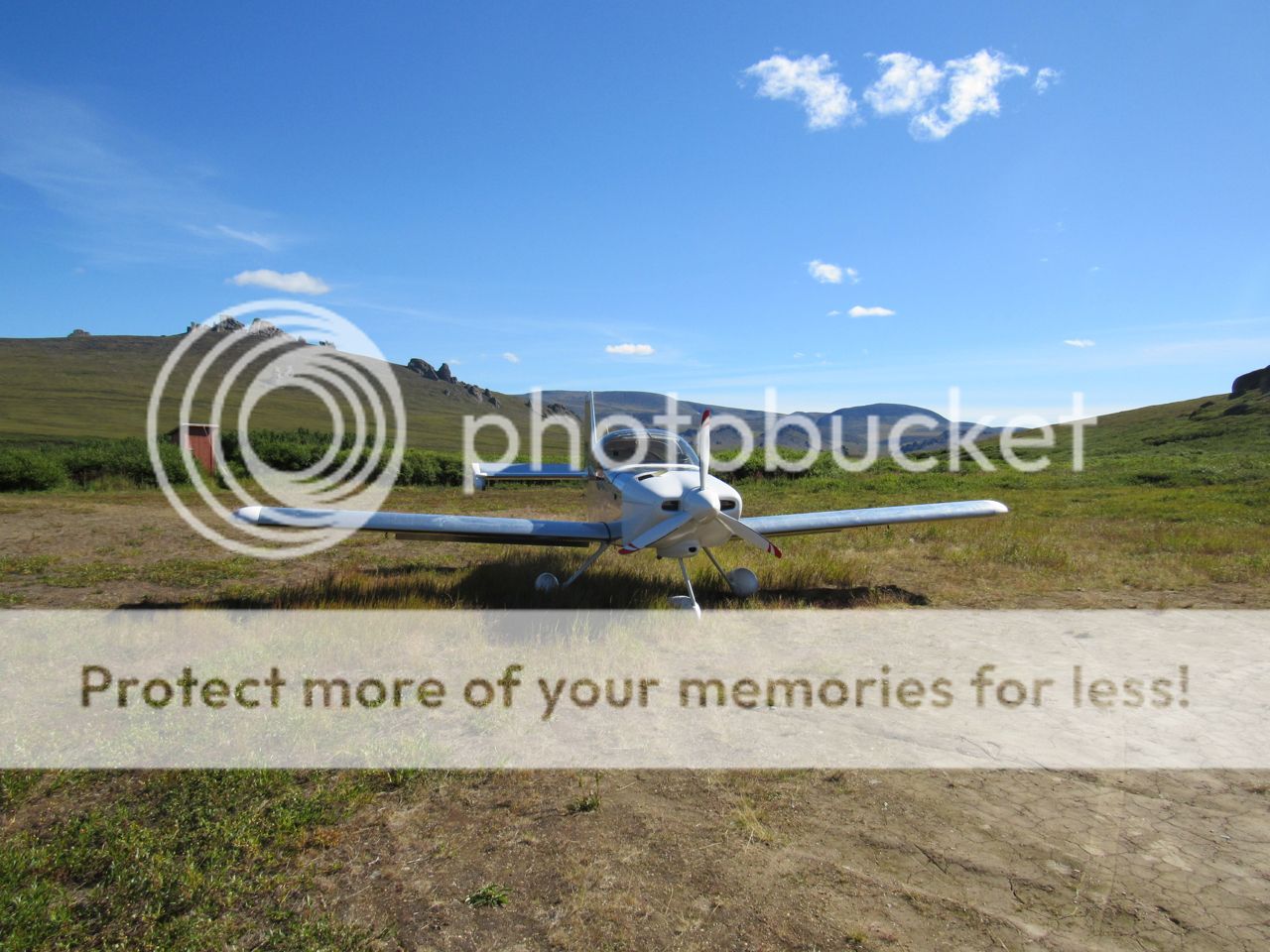MrNomad
Well Known Member
Landing in a stiff crosswind at approx 64kts, when I allowed the front wheel to settle onto the runway it felt kind of strange (oscillated) so I immediately lifted the wheel (pulled back on the stick) and set it down a little further w/o incident.
The next landing was completely uneventful, a perfect squeaker. No oscillation whatsoever. Upon inspection of the breakout force, it measured 26lbs on the fish scale (too high). Balance was spot on & there were no significant high/low spots on the new tire. Pressure was 30lbs.
I would appreciate feedback on both issues. What caused the oscillation of the nose gear and was it attributable to the excessive breakout?
Comments welcome.
The next landing was completely uneventful, a perfect squeaker. No oscillation whatsoever. Upon inspection of the breakout force, it measured 26lbs on the fish scale (too high). Balance was spot on & there were no significant high/low spots on the new tire. Pressure was 30lbs.
I would appreciate feedback on both issues. What caused the oscillation of the nose gear and was it attributable to the excessive breakout?
Comments welcome.






